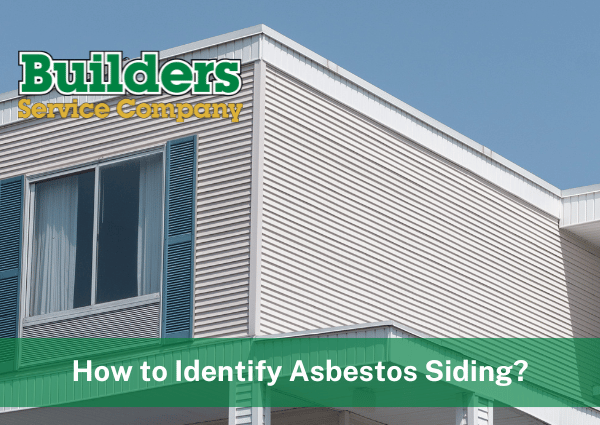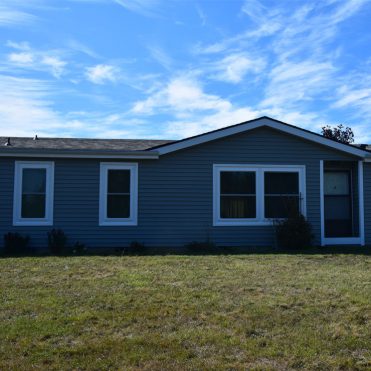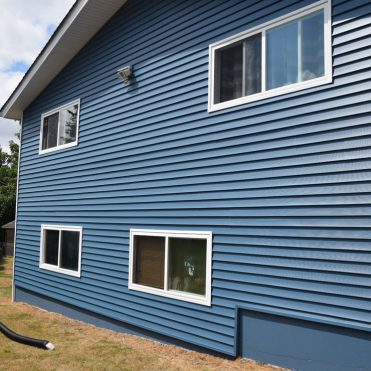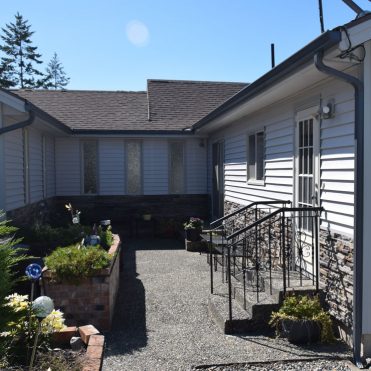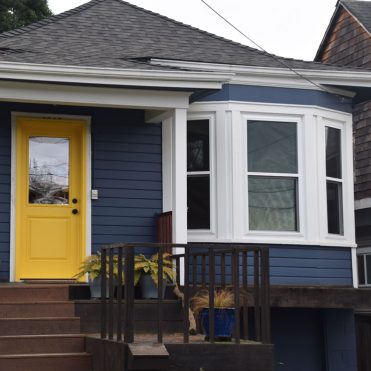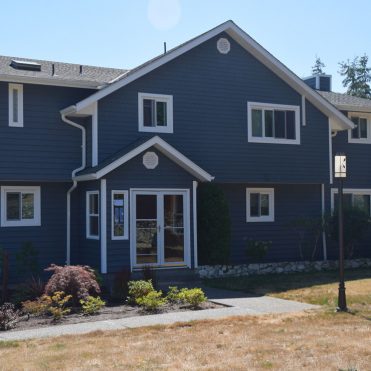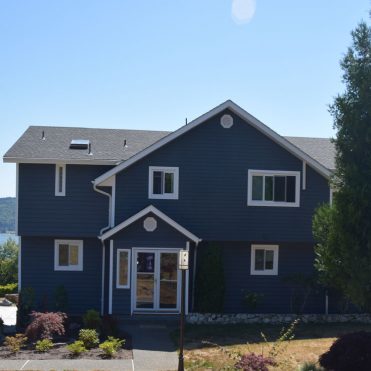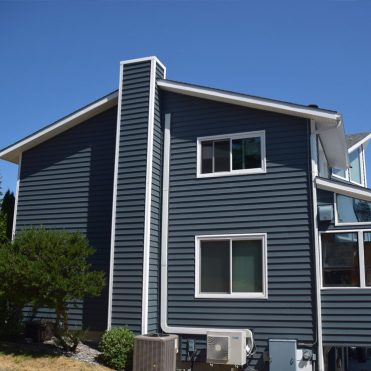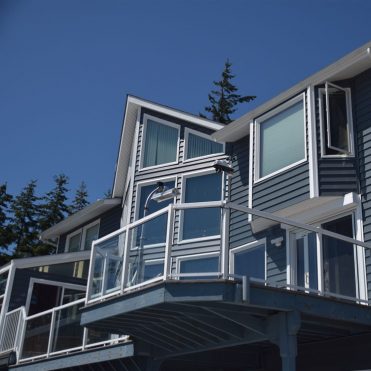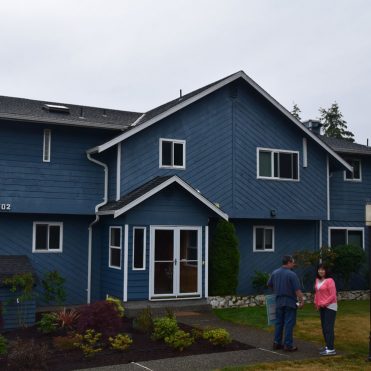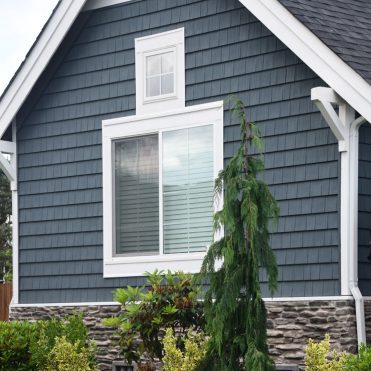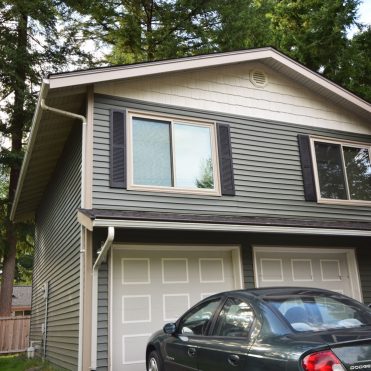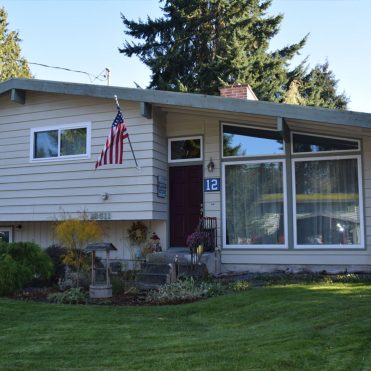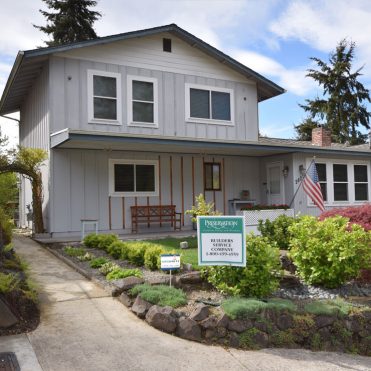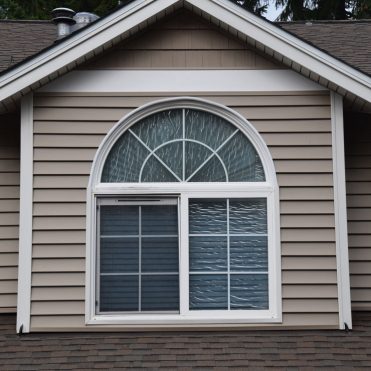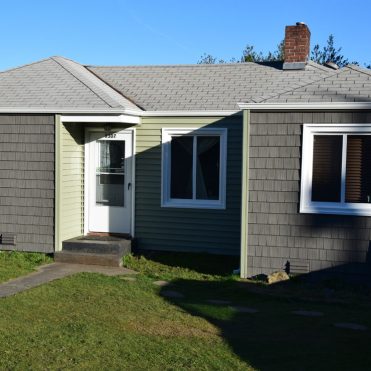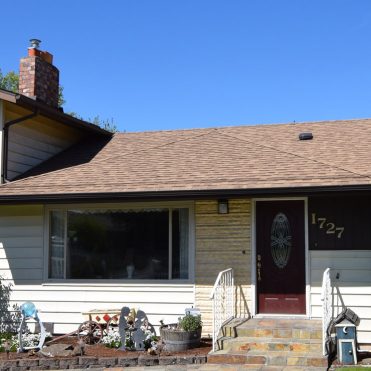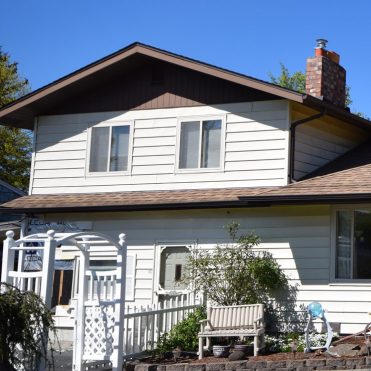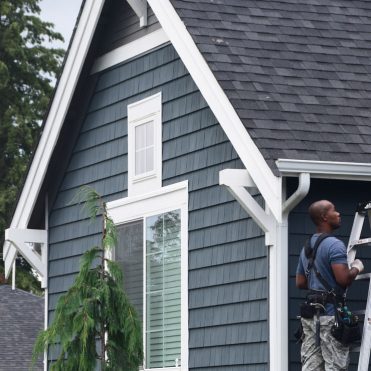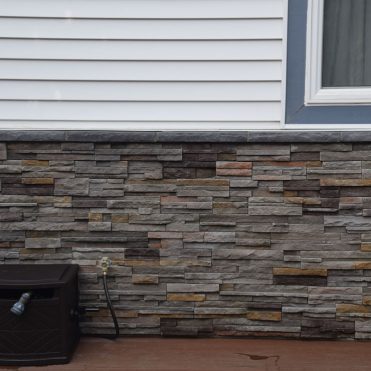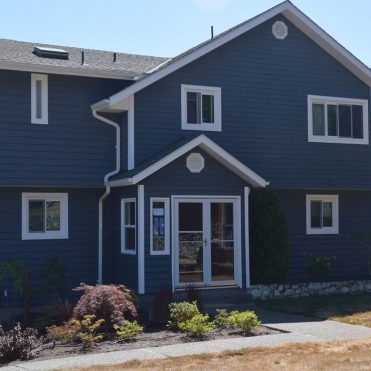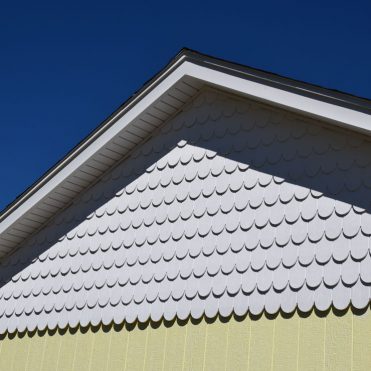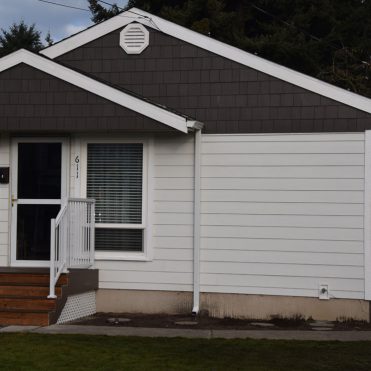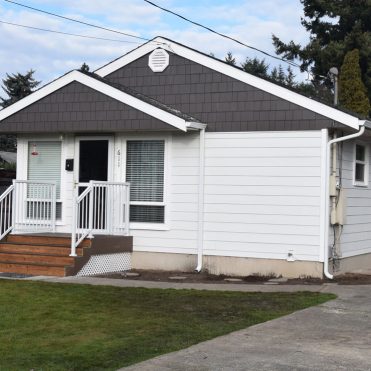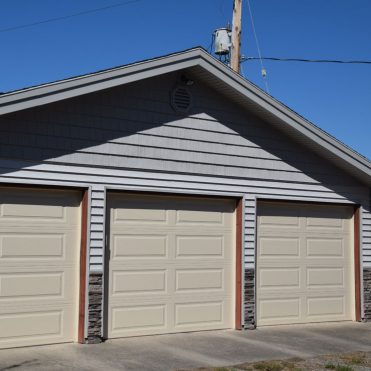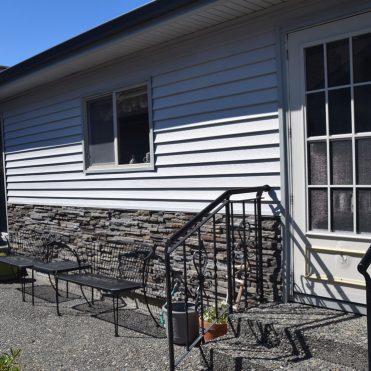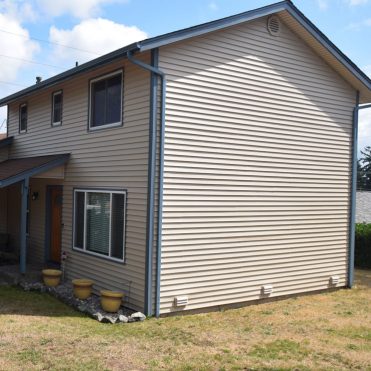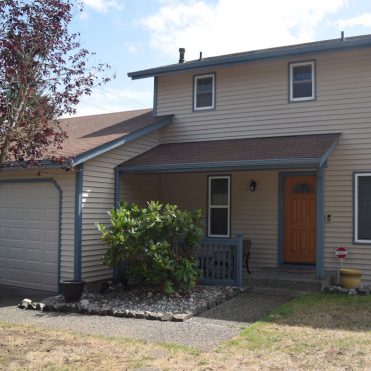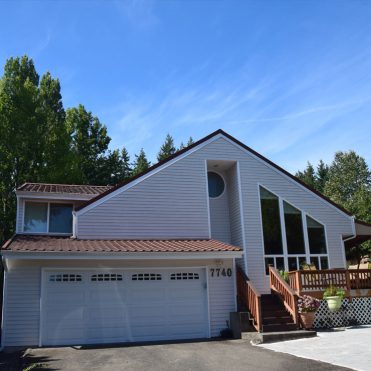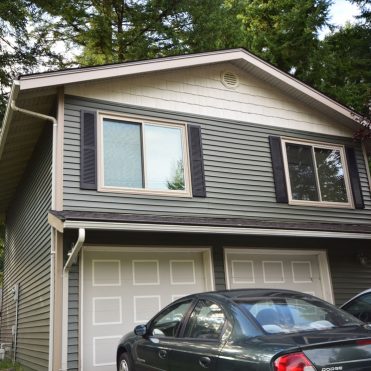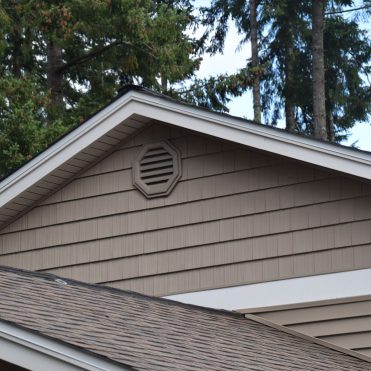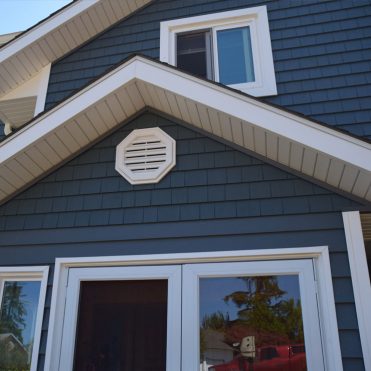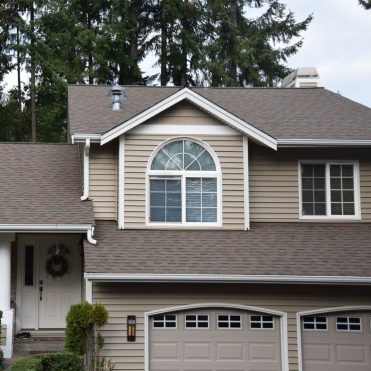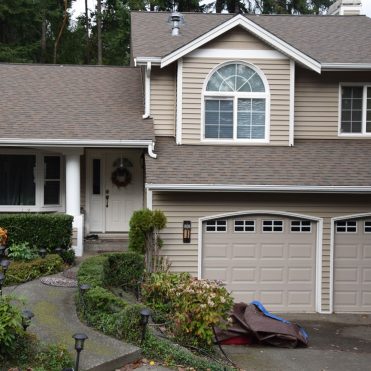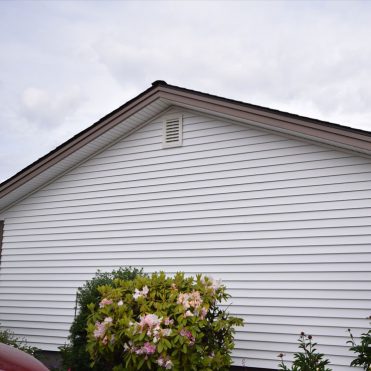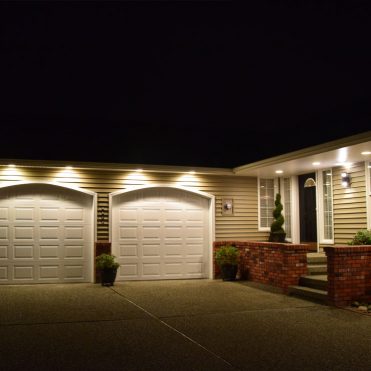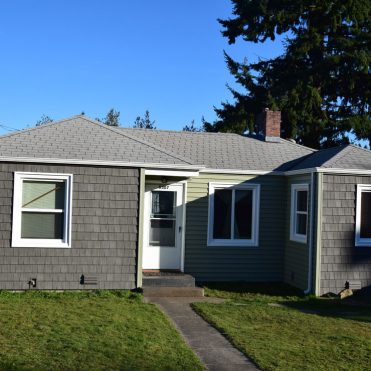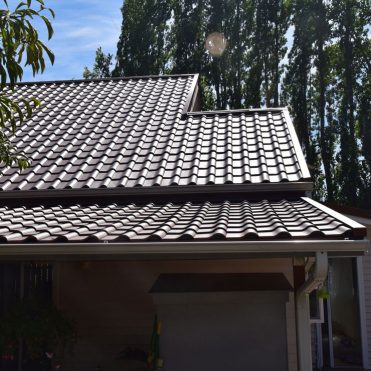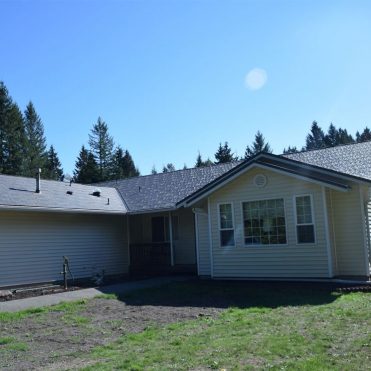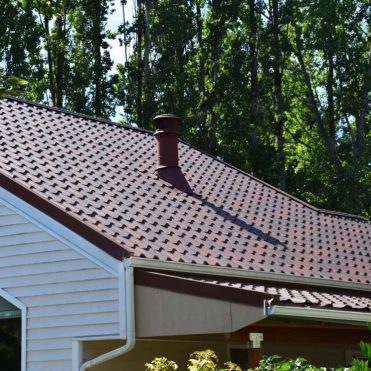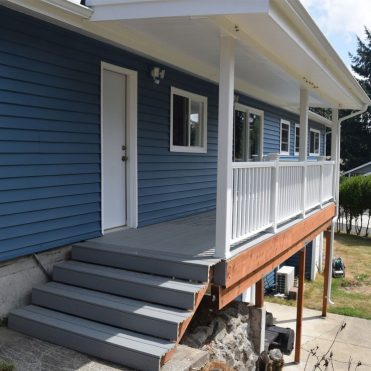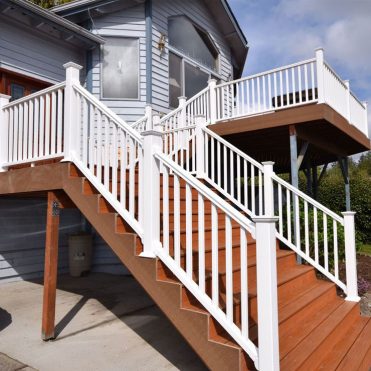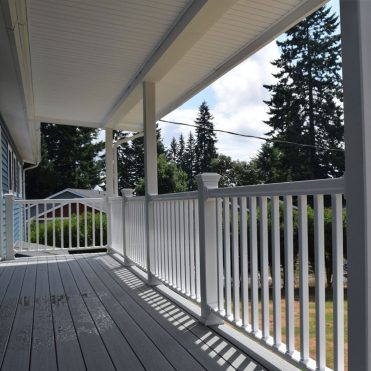How to Identify Asbestos Siding?
If you live in an older home, you may wonder: how to identify asbestos siding? Asbestos was widely used in siding materials until the late 1970s, and it could still be lurking on your exterior walls. While not all old siding contains asbestos, it’s critical to know what to look for so you can make safe and informed decisions about your home.
In this guide, we’ll explain everything you need to know about asbestos siding—from its history to modern alternatives, and how to spot it safely. Keep reading to understand how to identify asbestos siding and what to do if your house siding may be affected.
What Is Asbestos and Why Was It Used in Siding?
Understanding Asbestos as a Material
Asbestos is a naturally occurring mineral made up of soft, flexible fibers that are resistant to heat, electricity, and chemical corrosion. Its tensile strength and insulating properties made it a prized ingredient in construction materials for most of the 20th century.
Common Building Products Made with Asbestos
- Cement siding and shingles
- Roof tiles
- Vinyl flooring and adhesives
- Pipe insulation
- Fireproof blankets and boards
Why Asbestos Was Popular in Siding Materials
Siding materials mixed with asbestos were more durable, fireproof, and insect-resistant than traditional wood. These properties reduced maintenance needs and provided better longevity for house siding. The affordability and mass availability of asbestos further fueled its popularity in residential construction.
A Brief History of Asbestos Siding
When and Why Asbestos Siding Became Popular
The introduction of asbestos cement siding began in the early 1900s, but it gained significant traction between the 1940s and 1960s. The post-war housing boom and increased emphasis on fireproof materials led builders to favor asbestos-laced cement siding panels.
Properties That Made It So Widely Used
- Extremely fire-resistant
- Not susceptible to rot, insects, or moisture damage
- Long-lasting and easy to paint
- Simple to manufacture in various textures and sizes
When It Was Phased Out and Why
By the late 1970s, government agencies such as the EPA and OSHA had begun regulating and restricting the use of asbestos due to its links to serious health conditions, including lung cancer and mesothelioma. Manufacturers gradually discontinued asbestos siding in favor of safer alternatives.
What Does Asbestos Siding Look Like?
Common Sizes, Shapes, and Surface Textures
Asbestos siding typically comes in 12-inch by 24-inch rectangular shingles. These are flat or slightly textured and made of a cement-like composite. The surface often appears matte and feels dense.
Typical Patterns (Wood Grain, Wavy Edges, Shingle Form)
You may find the following patterns:
- Horizontal grooves or faux wood grain
- Wavy bottom edges for decorative finishes
- Flat, straight-edged panels arranged in overlapping shingle fashion
Nail Hole Positioning and Panel Weight
Most panels have 2 or 3 small, evenly spaced nail holes along the bottom edge. The siding is noticeably heavier and more brittle than modern fiber cement or vinyl panels.
Aging Signs: Chipping, Brittle Texture, Fading Color
Over time, asbestos cement siding becomes fragile. Signs of age include:
- Surface chalkiness
- Cracked or flaking edges
- Faded paint or discoloration
- Brittleness when tapped or lightly pressed
Visual Comparison with Modern Siding
Modern materials like vinyl or fiber cement are more flexible and often have back stamps or codes. Asbestos siding feels stiffer, has no manufacturer markings, and may lack uniformity in color and texture.
Presence or Absence of Manufacturing Codes
If your siding has no visible manufacturer stamp, it could predate regulation changes. Newer materials typically include embossed or printed codes, while older asbestos siding does not.
Where Asbestos Siding Is Commonly Found
Regions or Neighborhoods Known for Older Homes
Asbestos siding is most common in homes built before 1980, especially those in mid-century neighborhoods. Pacific Northwest towns with older residential areas are prime locations for siding asbestos exposure.
Construction Eras Most Likely to Contain Asbestos
If your home was built between 1920 and 1978, and hasn’t had siding replacement, it may contain asbestos. It was especially prevalent in homes from the 1940s to the 1960s.
Hidden Places (Under Newer Siding, Near Windows, Garages, Sheds)
Often, newer siding is installed directly over old asbestos panels. Inspect your siding around:
- Detached structures like garages or workshops
- Eaves and roof edges
- Exposed trim around old window frames
How to Identify Asbestos Siding on Your Home
Step-by-Step Visual Inspection Guide
- Observe panel size and shape: Is it 12×24 inches?
- Look for surface texture: Does it mimic wood or feel chalky?
- Count nail holes: Are there 2–3 at the bottom edge?
- Check for cracks or brittleness in siding material
- Learn how to identify asbestos siding safely before proceeding with any renovation
Determining Your Home’s Construction Year
Check your county assessor’s site, original purchase documents, or building permits. Homes built before 1980 carry a higher likelihood of containing asbestos siding.
Inspecting Edges, Cracks, and Layers of Paint
Peeling paint layers can reveal older siding underneath. If the material beneath feels brittle and dense with a dull appearance, it may contain asbestos cement.
Comparing Old vs. New Siding Sections
Compare siding on extensions or newer areas with the main structure. Differences in weight, color, and finish can signal older, possibly asbestos-ridden panels.
Using a Magnet or Tap Test (Non-Invasive Clues)
Use a coin to tap on siding. Asbestos panels sound dull and solid, unlike metal or vinyl. A magnet won’t stick to asbestos or cement siding materials.
Why You Should Avoid DIY Sampling or Disturbance
Cutting or scraping asbestos materials can release hazardous asbestos fibers. Disturbing siding without safety equipment or containment increases exposure risk. Instead, learn how to identify asbestos siding through safer visual inspection methods.
What to Do If You Suspect Asbestos Siding
Why You Should Avoid Disturbing the Material
Breaking or drilling into asbestos siding releases fibers that can linger in the air and settle in lungs, causing long-term health issues. Visual identification is safer than sampling, especially if you’re unsure how to identify asbestos siding properly.
Importance of Professional Testing
Only certified professionals can take samples and test for asbestos using controlled lab environments. Accurate results require specialized handling.
Dangers of DIY Removal
- Exposure to asbestos fibers
- Risk to family and neighbors
- Violation of local asbestos removal regulations
- Improper disposal fines and environmental risks
Safe Next Steps for Homeowners
- Avoid disturbing suspected areas
- Call a licensed contractor for asbestos inspection
- Plan for safe siding replacement with certified experts who understand how to identify asbestos siding before removal
Is Asbestos Siding Dangerous?
When It Poses a Risk (Chipping, Renovations, Drilling)
Asbestos becomes a threat when the siding is cut, sanded, drilled, or crumbles from age or storm damage. Home improvement projects are high-risk scenarios.
Health Hazards of Airborne Asbestos Fibers
Once inhaled, asbestos fibers can embed into lung tissue, potentially causing:
- Mesothelioma
- Asbestosis
- Lung cancer
How Condition Affects Danger Level
If your siding is intact and undisturbed, it generally does not pose a health risk. However, aging panels become brittle and may break, making preemptive replacement a safer long-term solution. It’s vital to know how to identify asbestos siding before any maintenance.
How Old Is Too Old? Considering the Age of Your Siding
Estimating the Age of the Original Siding
Even if your home was built before 1980, you may have newer siding. Look for signs of previous renovations or layers of siding to determine whether original asbestos panels remain.
Why Even Intact Siding May Eventually Fail
With time, siding degrades from UV exposure, freeze-thaw cycles, and general wear. Once brittle, panels may crack under wind or minor impacts.
Dealing with Deterioration Over Time
If deterioration is visible—such as chipping, cracks, or mold growth—it’s time to consider a full siding replacement. Delaying this can increase the risk of asbestos exposure and long-term costs. That’s why it’s essential to understand how to identify asbestos siding at the first signs of damage.
Modern Alternatives to Asbestos Siding
Materials Used Today (Like Fiber Cement Without Asbestos)
- Fiber cement siding (non-asbestos)
- Engineered wood siding
- Insulated vinyl siding
- Composite house siding panels
How They Compare in Durability and Safety
Modern siding options offer:
- Safe, asbestos-free construction
- Improved weather resistance
- More colors and textures
- Better insulation and easier installation
Benefits of Siding Replacement
- Improves home safety and air quality
- Enhances curb appeal
- Increases energy efficiency
- Adds value to your property
Need Help Identifying or Replacing Asbestos Siding?
Why Professional Inspection Matters
Only trained professionals can definitively confirm the presence of asbestos. At Builders Service Company, we prioritize your family’s safety with accurate inspections and certified siding material assessments. We know how to identify asbestos siding efficiently and without risk.
How Our Roofing and Siding Experts Can Help
We provide trusted siding installation, inspection, and replacement services throughout the Pacific Northwest. Whether you’re unsure about your current siding or ready to remove asbestos siding safely, our team is here to help. We understand how to identify asbestos siding and can recommend safe, modern alternatives.
Contact Builders Service Company for Asbestos Siding Inspection and Replacement
As premier exterior contractors in the Pacific Northwest and a locally owned company, our reputation speaks for itself. With decades of knowledge and experience, Mason has built up trust across generations. At Builders Service Company, we go above and beyond to make customer satisfaction our top priority.
We understand your home is one of your biggest investments. That’s why we are fully licensed, insured, and proud to be a Better Business Bureau “A+” accredited business. We’ve been honored twice with the Golden Hammer Contractor Award by Alcoa Building Products and are a Dealer of Distinction for Preservation Windows and Siding.
Call us today at 888-980-8580 to schedule a siding inspection or discuss your siding replacement options. Don’t wait until the damage worsens—we’re here to help you make the safest, smartest decision for your home.



